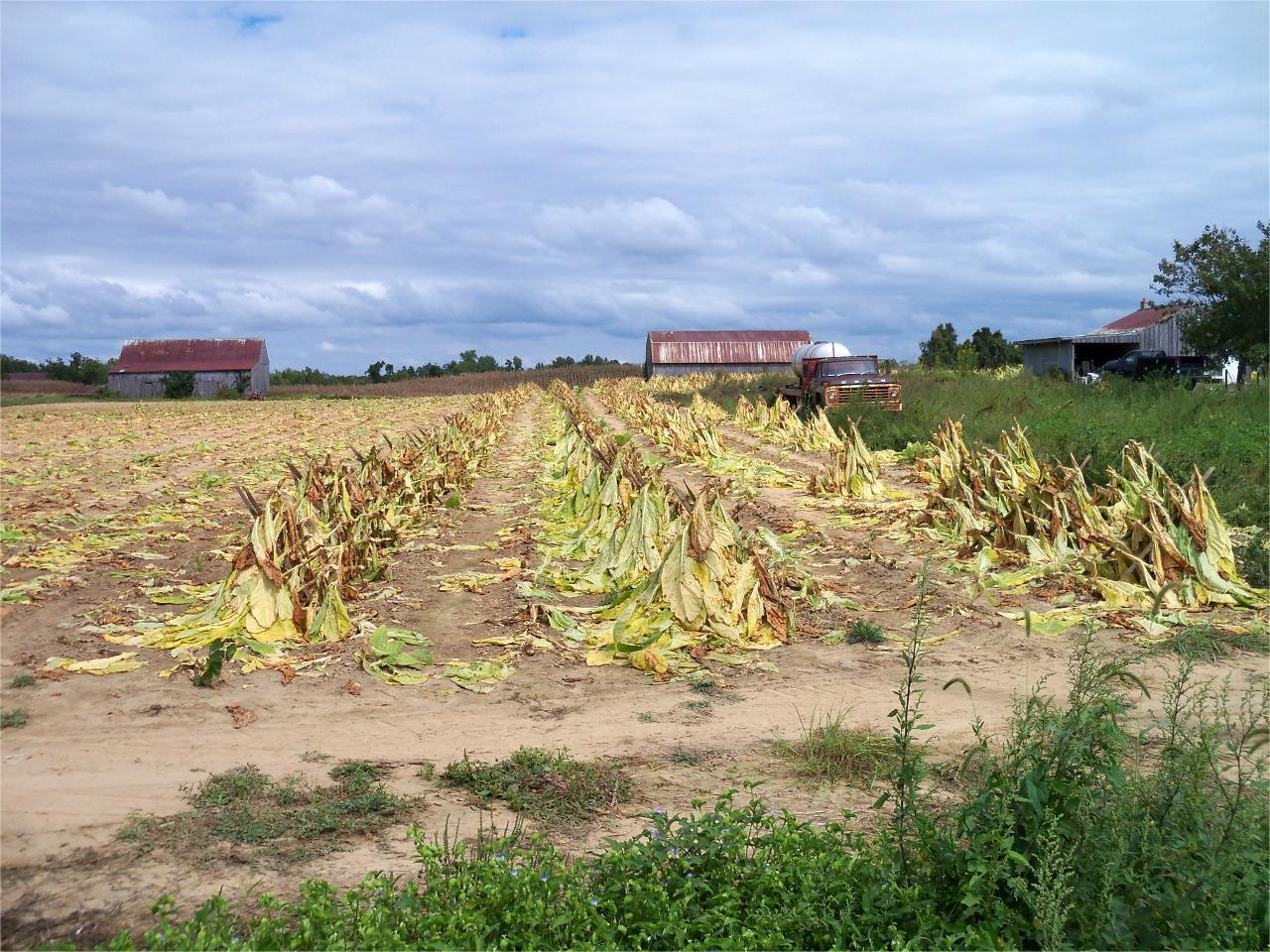Secrets Of Maryland’s Colonial Tobacco Inspection Stations

Have you ever wondered about the history behind Maryland's colonial tobacco inspection stations? These stations played a crucial role in the state's economy during the 18th century. Farmers brought their tobacco crops to these locations for quality checks before selling them. This ensured that only the best tobacco made it to market, boosting Maryland's reputation for high-quality products. The stations were more than just inspection points; they were bustling hubs of activity where farmers, traders, and inspectors interacted daily. Today, visiting these historic sites offers a glimpse into the past, showing how tobacco shaped Maryland's development and culture.
Secrets of Maryland's Colonial Tobacco Inspection Stations
Maryland's colonial history is rich with stories of tobacco, a crop that shaped its economy and culture. Tobacco inspection stations played a crucial role in ensuring quality and fairness in trade. Let's explore some of these historic sites that tell the tale of Maryland's tobacco legacy.
1. Upper Marlboro
Upper Marlboro, established in 1706, became a significant tobacco inspection station. Located in Prince George's County, it served as a hub for tobacco farmers. The town's courthouse, built in 1721, still stands as a testament to its colonial past. Walking through Upper Marlboro, you can almost hear the bustling activity of tobacco traders from centuries ago.
2. Bladensburg
Bladensburg, another key inspection station, was founded in 1742. Situated along the Anacostia River, it provided easy access for shipping tobacco to Europe. The town witnessed many historical events, including the Battle of Bladensburg during the War of 1812. Today, visitors can explore the Bladensburg Waterfront Park and imagine the busy port it once was.
3. Leonardtown
Leonardtown, established in 1708, served as a vital inspection station in St. Mary's County. The town's location along Breton Bay made it an ideal spot for tobacco trade. Leonardtown's historic district features buildings from the colonial era, offering a glimpse into its past. The Old Jail Museum, built in 1876, provides insights into the town's history, including its role in the tobacco industry.
4. Port Tobacco
Port Tobacco, one of Maryland's oldest towns, dates back to the 17th century. It became an important tobacco inspection station due to its strategic location along the Port Tobacco River. The town's courthouse, built in 1819, now serves as a museum showcasing its rich history. Visitors can explore the reconstructed Port Tobacco Historic Village and learn about its colonial heritage.
5. Joppa
Joppa, founded in 1707, was a bustling port town and tobacco inspection station. Located along the Gunpowder River, it played a crucial role in Maryland's tobacco trade. Although the town declined in the 19th century, the Joppa Historic District preserves its legacy. The Rumsey Mansion, built in 1720, stands as a reminder of Joppa's colonial past.
6. Nottingham
Nottingham, established in 1706, served as a key inspection station in Prince George's County. Its location along the Patuxent River made it a vital hub for tobacco trade. The town's historic district features several colonial-era buildings, including the Nottingham Schoolhouse, built in 1875. Walking through Nottingham, you can sense the echoes of its tobacco trading days.
7. Piscataway
Piscataway, founded in the late 17th century, became an important tobacco inspection station. Situated along the Potomac River, it provided easy access for shipping tobacco to Europe. The town's historic district includes several colonial-era buildings, such as the St. John's Episcopal Church, built in 1692. Exploring Piscataway offers a glimpse into its rich tobacco trading history.
8. Queenstown
Queenstown, established in 1707, served as a vital inspection station in Queen Anne's County. Its location along the Chester River made it an ideal spot for tobacco trade. The town's historic district features several colonial-era buildings, including the Queenstown Courthouse, built in 1708. Visiting Queenstown allows you to step back in time and experience its tobacco trading heritage.
9. Charlestown
Charlestown, founded in 1742, was a bustling port town and tobacco inspection station. Located along the North East River, it played a crucial role in Maryland's tobacco trade. The town's historic district preserves its colonial past, with buildings such as the Charlestown Historic District, listed on the National Register of Historic Places. Exploring Charlestown offers a window into its tobacco trading days.
10. Snow Hill
Snow Hill, established in 1686, served as a key inspection station in Worcester County. Its location along the Pocomoke River made it a vital hub for tobacco trade. The town's historic district features several colonial-era buildings, including the Snow Hill Inn, built in 1835. Walking through Snow Hill, you can feel the echoes of its tobacco trading history.
Maryland's Colonial Legacy
Maryland's colonial tobacco inspection stations offer a fascinating glimpse into the past. These sites were crucial in shaping the state's economy and culture. Visiting these historical landmarks provides a unique opportunity to understand the tobacco trade's impact on Maryland's development. The architecture, artifacts, and stories from these stations paint a vivid picture of life during colonial times.
Exploring these sites can be both educational and enjoyable. They serve as a reminder of the state's rich history and the pivotal role tobacco played. Whether you're a history buff or just curious, these stations are worth a visit. They connect us to a bygone era, offering insights into the challenges and triumphs of early Maryland settlers.
Next time you're in Maryland, take the time to explore these hidden gems. You'll walk away with a deeper appreciation for the state's colonial heritage.

